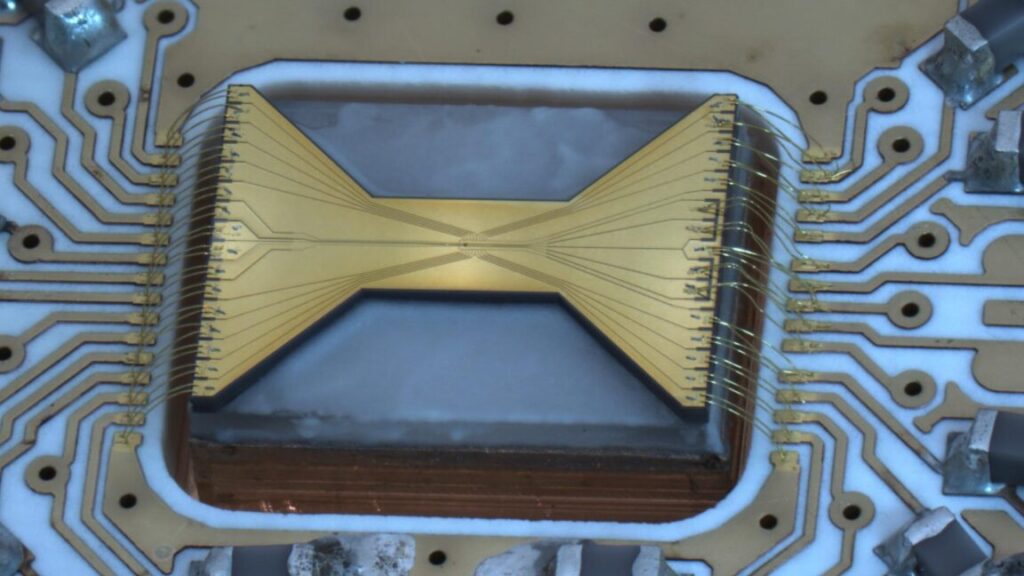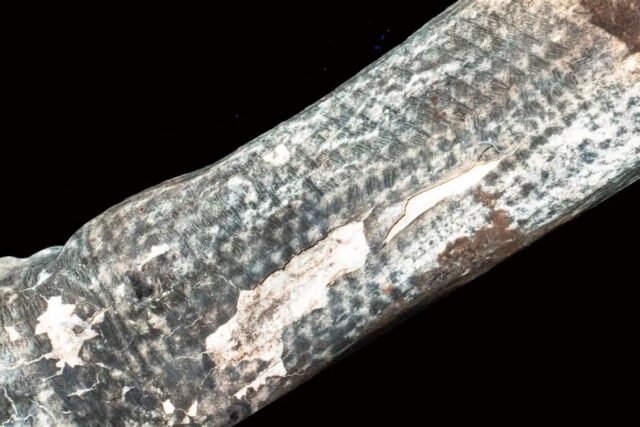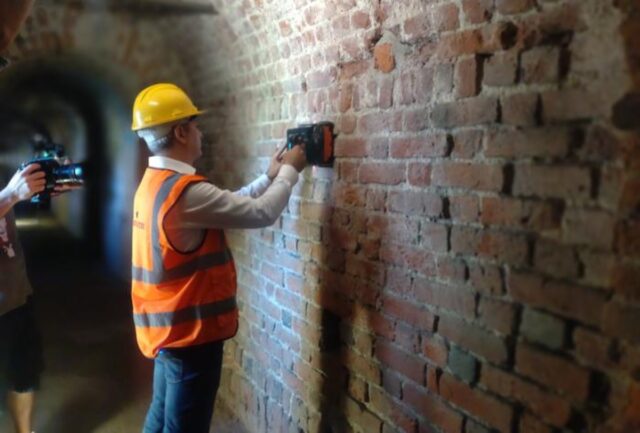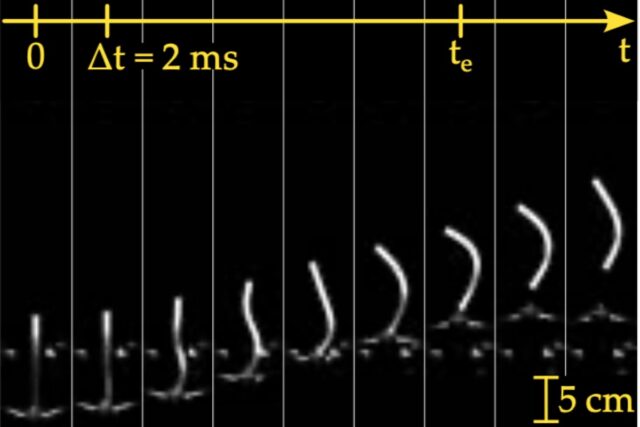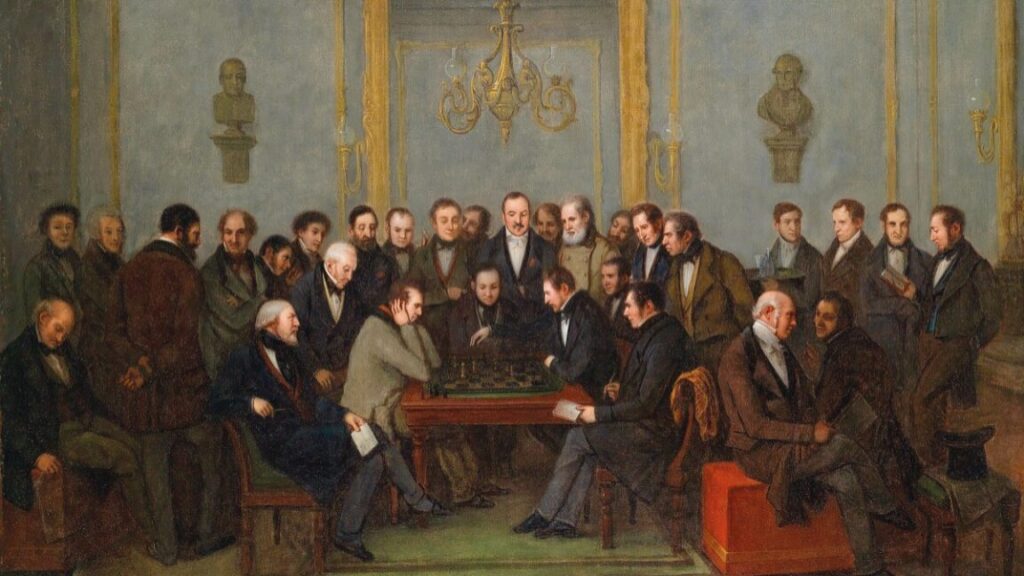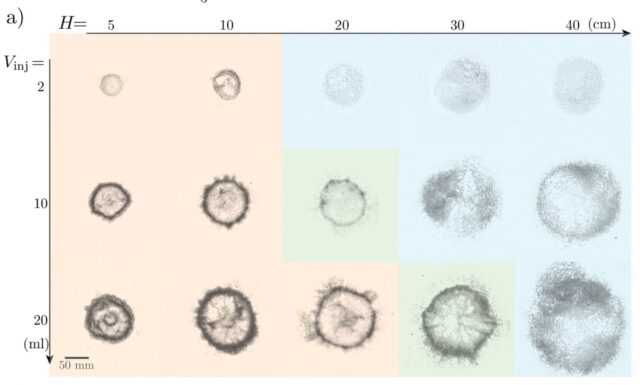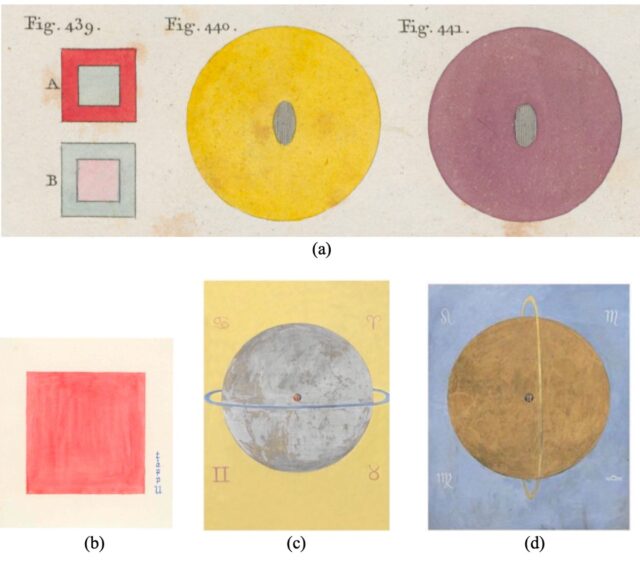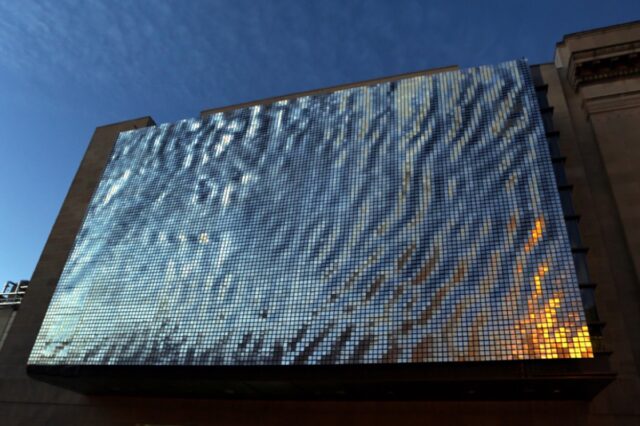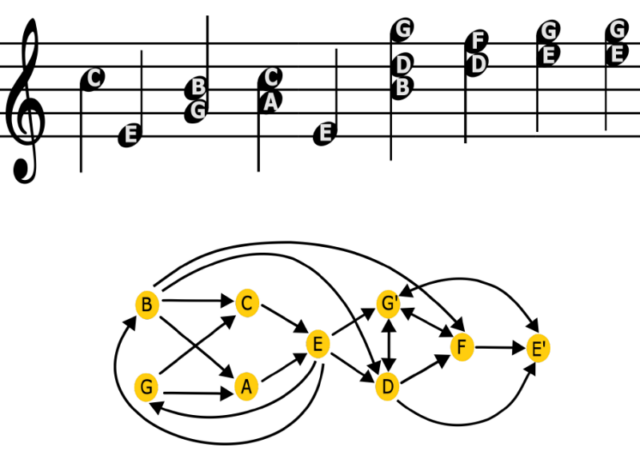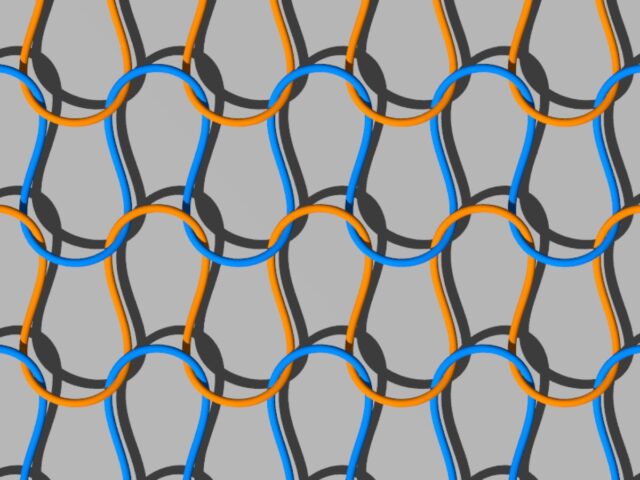Quantum teleportation used to distribute a calculation
The researchers showed that this setup allowed them to teleport with a specific gate operation (controlled-Z), which can serve as the basis for any other two-qubit gate operation—any operation you might want to do can be done by using a specific combination of these gates. After performing multiple rounds of these gates, the team found that the typical fidelity was in the area of 70 percent. But they also found that errors typically had nothing to do with the teleportation process and were the product of local operations at one of the two ends of the network. They suspect that using commercial hardware, which has far lower error rates, would improve things dramatically.
Finally, they performed a version of Grover’s algorithm, which can, with a single query, identify a single item from an arbitrarily large unordered list. The “arbitrary” aspect is set by the number of available qubits; in this case, having only two qubits, the list maxed out at four items. Still, it worked, again with a fidelity of about 70 percent.
While the work was done with trapped ions, almost every type of qubit in development can be controlled with photons, so the general approach is hardware-agnostic. And, given the sophistication of our optical hardware, it should be possible to link multiple chips at various distances, all using hardware that doesn’t require the best vacuum or the lowest temperatures we can generate.
That said, the error rate of the teleportation steps may still be a problem, even if it was lower than the basic hardware rate in these experiments. The fidelity there was 97 percent, which is lower than the hardware error rates of most qubits and high enough that we couldn’t execute too many of these before the probability of errors gets unacceptably high.
Still, our current hardware error rates started out far worse than they are today; successive rounds of improvements between generations of hardware have been the rule. Given that this is the first demonstration of teleported gates, we may have to wait before we can see if the error rates there follow a similar path downward.
Nature, 2025. DOI: 10.1038/s41586-024-08404-x (About DOIs).
Quantum teleportation used to distribute a calculation Read More »
